Altcoin
Anatoly Yakovenko Explains The “Fundamental” Difference Between Solana And Ethereum

Anatoly Yakovenko, Solana’s co-founder, recently pointed to a deep divergence in how Solana and Ethereum see resource satiation and price discovery.
He explained that once a global resource becomes saturated on Solana, the current pricing mechanisms begin to be suboptimal. While Solana’s implementation of congestion is much more elegant than most cryptocurrencies, Yakovenko clarified that the hardware underneath still needs to scale to handle the new demand efficiently.
The discussion of Ethereum and Solana has kept individual investors salivating and institutions champing at the bit. While generally doing much better than its sister cryptocurrency Ethereum on many performance metrics, one very important question that begs for an answer is: Why hasn’t the institutional adoption of Solana taken center stage over Ethereum yet?
Solana’s Yakovenko Challenges Ethereum’s Scaling Model
Anatoly Yakovenko, one of Solana’s founders, recently outlined an essential difference in vision between Solana and Ethereum regarding resource saturation and price discovery.
Fundamental difference I think between solana’s vision and ethereum’s is that for solana when a global resource is saturated, price discovery isn’t good.
While it’s a graceful way to handle congestion, fundamentally the hardware needs to scale up to handle the new demand. If…
— toly 🇺🇸 (@aeyakovenko) October 18, 2024
He made the critical point that if some global resource on Solana becomes saturated, the current pricing mechanisms do not work as expected. In other words, while Solana may have a rather elegant way of dealing with congestion compared to many other cryptocurrencies, Anatoly Yakovenko said the hardware has got to scale to handle the new demand.
If demand cannot be satisfied by allowing validators to scale up their hardware capacities, the system will fail. He mentions that only local contention—issues that cannot be mitigated—should actually influence user fees. This point of view highlights Solana’s focus on scaling and efficiency regarding network congestion versus Ethereum’s approach.
With the increase in Solana price agrees Macro Researcher Axel Adler Jr. who recently said SOL could benefit from the overall positive market sentiment expected post-halving.
Recently, Orderly Network announced via social media its integration with Solana, marking a significant milestone as it becomes the first full-chain order book platform to support both Ethereum Virtual Machine (EVM) and non-EVM ecosystems. This integration allows users across different public chains to trade perpetual contracts using Orderly Network’s unified cross-chain shared order book, enhancing trading capabilities and accessibility.
The move is seen as a strategic effort to broaden the user base and liquidity options for traders in the Solana ecosystem.
Energy Consumption Key to Bitcoin vs. Ethereum Battle
Just recently, Anatoly Yakovenko drew everybody’s attention by comparing the discourse between Ethereum and Bitcoin. He put these two giants on the same scale, especially considering energy consumption and capital expenditure. In that discussion, he told everybody how Ethereum and Bitcoin resemble each other, yet their energy uses cause significant differences in the cost structure.
According to him, Bitcoin works on the Proof-of-Work model and, therefore, requires enormous energy because of the miners’ computational powers. By contrast, Ethereum moved to a Proof-of-Stake model, drastically reducing its energy consumption and thus essentially reducing capital expenditures.
In response to users’ questions about Ethereum’s potential to reach a higher market value than the leading cryptocurrency, Anatoly Yakovenko also said, “If it turns out that Ethereum is adopting more slowly than Bitcoin, then perhaps expected price growth could be unjustified.” Ethereum remains the largest decentralized smart contract platform. However, it has not seen the same real-world adoption or dramatic increase in price as Bitcoin, especially in recent times when macroeconomic conditions began to change.
Analysts are expecting SOL price to nearly 10x from the current level and hit the triple-digit territory and they say there are 3 reasons why SOL has overtaken ETH.
Contrary to expectations after the transition of Ethereum to PoS, the price performance was somewhat lagging compared with Bitcoin. This raised discussions within the community concerning further price developments and the competitive viability of Ethereum and Bitcoin. Such a discussion would underpin the nature of competition in the cryptocurrency space as regards sustainability and investment viability.
Disclaimer: The presented content may include the personal opinion of the author and is subject to market condition. Do your market research before investing in cryptocurrencies. The author or the publication does not hold any responsibility for your personal financial loss.
Altcoin
Ripple Expands In Asia With Debut XRP Investment Tool


Payments company Ripple has partnered with HashKey Capital to launch Asia’s first XRP tracker fund. The new fund will track the price of XRP cryptocurrency, as per statements from both firms.
Ripple Steps In As Anchor Investor
Crypto community figure Crypto Eri first highlighted the partnership, noting that the San Francisco payments firm will invest in the new HashKey XRP Tracker Fund.
The fund is a major step towards extending institutional access to XRP in Asian markets. As HashKey reports, this is the first of potentially several such investment products in the region following the price performance of XRP.
Big XRP News in Japan 🇯🇵. @Ripple to make initial investment in Asia’s first #XRP investment product.
Professional investors get exposure to XRP without directly holding the asset. Investors can purchase the fund with cash or in-kind, and the fund is structured to accommodate… pic.twitter.com/Phs3UrVrAQ
— 🌸Crypto Eri ~ Carpe Diem (@sentosumosaba) April 18, 2025

Image: Kraken Blog
How The Fund Works For Investors
Investors of the fund may have flexible involvement options. The investors may give their contributions through conventional fiat monies or pay in kind. The structure of the fund grants the subscribers liberty to purchase or redeem shares per month.
HashKey’s Liquid Fund partner Vivien Wong identified XRP’s increasing relevance in the crypto space. She indicated that XRP has interested global companies that utilize it for different things, including tokenization of assets and as a store of value.
Ripple Sees Growing Demand In Asia-Pacific
Fiona Murray, the Managing Director of Ripple for Asia-Pacific, underlined the heightened demand for digital asset products within regulated frameworks for professional investors across the region.
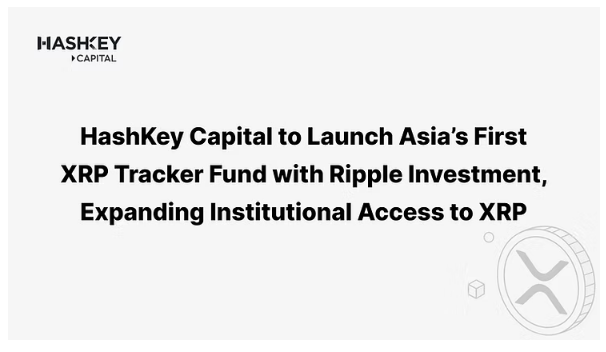
The firms are not only focusing on the tracker fund. According to reports, they intend to seek other opportunities as well, such as introducing a money market fund on the XRP Ledger (XRPL).
Broader Context Of XRP Investment Growth
HashKey Capital has become a leading player in the cryptocurrency industry. The firm already provides investment products linked to Bitcoin and Ethereum, with both the Bosera HashKey Bitcoin Spot ETF and the Bosera HashKey Ethereum Spot ETF listed on the Hong Kong Stock Exchange.
The new XRP tracker fund is HashKey’s third cryptocurrency-tracking investment product. The company says it will convert the XRP product into an exchange-traded fund within two years, subject to required regulatory approvals.
This follows increased institutional demand for XRP. In the US, over 11 institutions have submitted applications to the US Securities and Exchange Commission to list spot-based XRP ETFs.
Featured image from Medium, chart from TradingView

Editorial Process for bitcoinist is centered on delivering thoroughly researched, accurate, and unbiased content. We uphold strict sourcing standards, and each page undergoes diligent review by our team of top technology experts and seasoned editors. This process ensures the integrity, relevance, and value of our content for our readers.
Altcoin
Cardano Bulls Secure Most Important Signal To Drive Price Rally

The price of Cardano has managed to stay resilient as market volatility has continued to grow, riding on new signals for ADA bulls to drive growth. Cardano has remained on the horizon over the past few weeks as it locked in to retail its ranking as the 10th largest cryptocurrency.
With technical indicators showing a potential rebound, such as the golden cross metric, the question remains whether the ADA price can break out of its current consolidation.
ADA and Mission With Market Bulls
Cardano’s price was $0.6282 at the time of writing, up marginally by 0.64% in 24 hours. ADA bounced back from a low of $0.6197 to a high of $0.6340 to extend its ongoing consolidation.
Despite this close trading range, the asset’s price will likely benefit from the positive shift in Open Interest. This metric, as measured by CoinGlass data, has jumped by over 4% in the past 1 hour, a visible change in direction.
With this short-term shift, the total funds committed to ADA in the market are now pegged at 1 billion, worth over $629 million. Open Interest is a key metric that depicts the total value of contracts opened in the derivatives market. The bigger this figure in dollar terms, the more likely a trend shift is.
This current adoption boost has placed the ADA price in the spotlight. With speculation growing on whether the ADA price could hit $3 or higher levels, commitment in the derivatives market can reshape sentiment.
Cardano Price and Golden Cross Setup
Over the past 7 days, the price of the top altcoin, now capped below the $0.6677 resistance level. However, this will change if the current Golden Cross formation plays out.


Per the ADA/USDT daily chart, two major indicators are flashing unique signals that must be watched closely. The Awesome Oscillator is still reading negative, a sign that, though bears remain in control, the excessive selloff might be thinning out.
The Golden Cross, on the other hand, is on the verge of a breakout. The short-term or 9-day Moving Average is about to exceed the long-term or 21-day moving average. If this trend materializes, the Cardano price breakout will be confirmed.
With this signal, an ADA price analysis that teased $4 may be possible despite recent whale selloffs.
Cardano In the News
Amid the sustained dynamic trends in the crypto market today, ADA has remained in the spotlight over the past week.
As reported by CoinGape, the long-anticipated Cardano-Bitcoin staking is likely to become a reality soon. This is a major complement to the growing list of ADA ETF products now filed with the Securities and Exchange Commission (SEC).
If approved alongside other altcoin ETFs, it might usher in another era of institutional adoption for Cardano, setting the coin up for price breakout.
Disclaimer: The presented content may include the personal opinion of the author and is subject to market condition. Do your market research before investing in cryptocurrencies. The author or the publication does not hold any responsibility for your personal financial loss.
Altcoin
Analyst Reveals Dogecoin Price Can Reach New ATH In 55 Days If This Happens
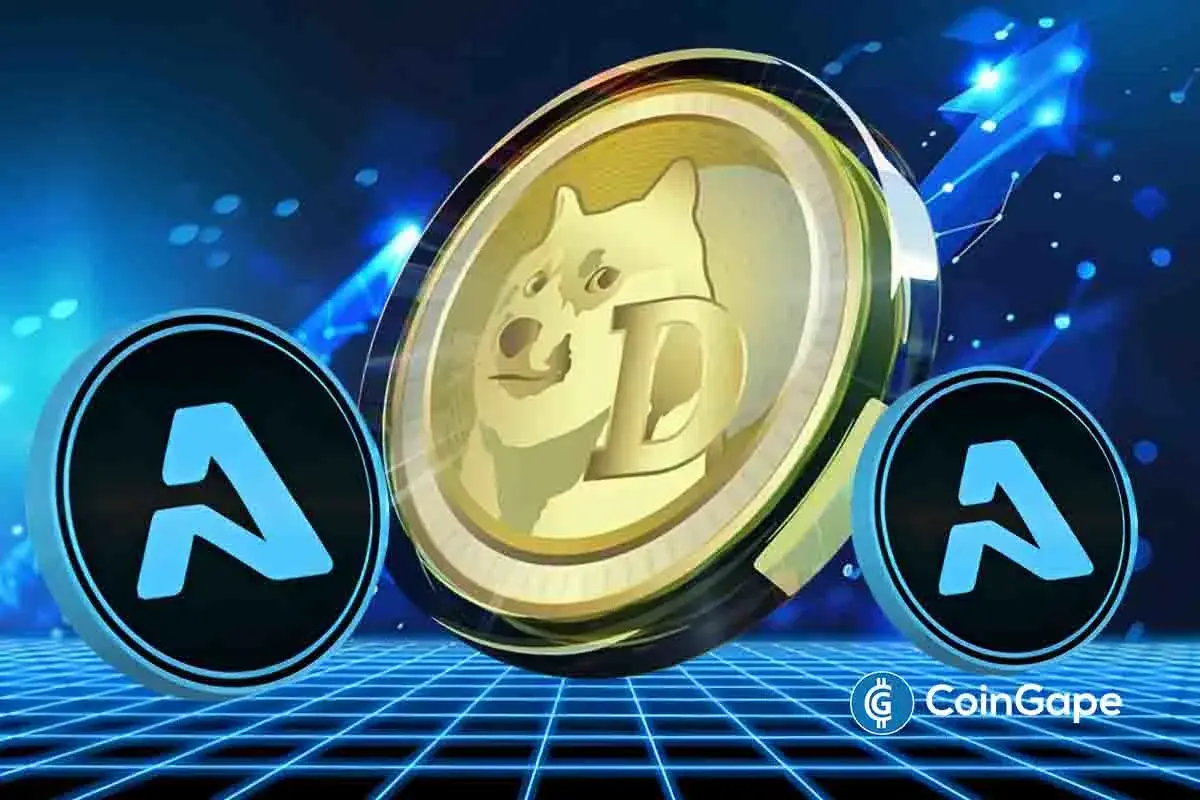
Crypto analyst Master Kenobi has provided a bullish outlook for the Dogecoin price, predicting that it could reach a new all-time high (ATH) in 55 days. He revealed what needs to happen for DOGE to achieve this milestone by June, based on his 55-day target.
How The Dogecoin Price Could Reach A New ATH By June
In an X post, Master Kenobi stated that the Dogecoin price will likely reach a new all-time high within approximately 50 to 55 days once it breaks above the trendline he highlighted on his accompanying chart.


The chart showed that the crucial price level DOGE needs to break above, based on this trendline, is $0.15488. The analyst then remarked that a conservative price target for the top meme coin would be $0.90 by June 5-10.
Master Kenobi had made this prediction while alluding to an earlier post in which he indicated that the Dogecoin bottom was almost near. In that post, he stated that the last time DOGE experienced a downturn, there was a 100-day period from the local bottom to the local top. He noted the meme coin is now halfway through a similar timeframe.
In line with this, the crypto analyst expects the Dogecoin price to reach a new all-time high (ATH) during this period, although he admitted that it is unclear whether it will break the psychological $1 level.
Crypto analyst Kevin Capital also suggested that a massive rebound was on the horizon for the DOGE price. In an X post, he stated that everything is going according to plan for Dogecoin. He urged market participants to stay patient, noting that every day that passes is another day closer.
DOGE Traders Remain Undecided At The Moment
In an X post, crypto analyst Trader Tardigrade indicated that DOGE traders are currently undecided on the meme coin’s next move. In an X post, he stated that the Dogecoin price structure has been converging into a triangle pattern, indicating market indecision.


He noted that during this period, buyers hesitate to buy high, while sellers are cautious about selling low, leading to conservative behavior on both sides. The analyst added that this pattern typically occurs between a downtrend and an uptrend.
This market indecision currently explains why DOGE investors continue to accumulate and dump their coins at will with no clear sign of active accumulation or a wave of sell-offs. As CoinGape reported, crypto whales recently dumped 570 million DOGE, as the Dogecoin price continues to trade sideways.
Disclaimer: The presented content may include the personal opinion of the author and is subject to market condition. Do your market research before investing in cryptocurrencies. The author or the publication does not hold any responsibility for your personal financial loss.
-

 Market22 hours ago
Market22 hours agoMatchain’s Petrix Barbosa Talks the Future of Digital Identity
-

 Market23 hours ago
Market23 hours agoBase Launches Strong, But Content Coins Draw Doubt
-

 Altcoin20 hours ago
Altcoin20 hours agoLorenzo Protocol (BANK) Price Rallies 150% After This Binance Announcement
-
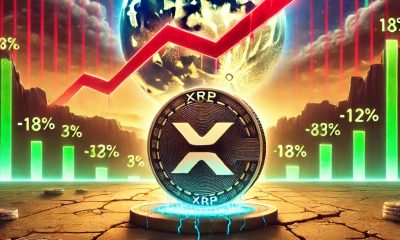
 Market19 hours ago
Market19 hours agoDespite an 18% Drop, XRP’s Exchange Supply Hits Lows—Bullish Setup Ahead?
-

 Market16 hours ago
Market16 hours agoXRP Consolidation About To Reach A Bottom, Wave 5 Says $5.85 Is Coming
-

 Altcoin9 hours ago
Altcoin9 hours agoAnalyst Reveals Dogecoin Price Can Reach New ATH In 55 Days If This Happens
-

 Market15 hours ago
Market15 hours agoCanary Capital Aims to Launch TRON-Focused ETF
-

 Market13 hours ago
Market13 hours agoCardano (ADA) Moves Sideways, But Bullish Shift May Be Brewing




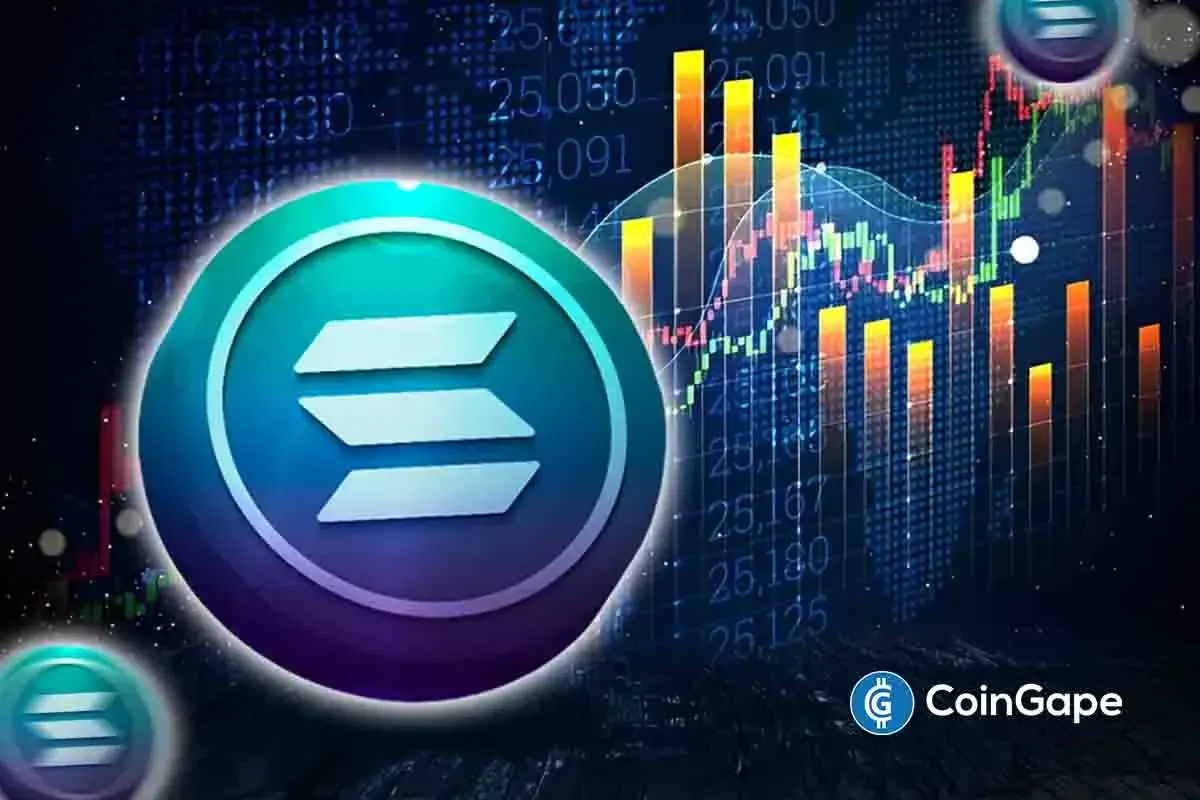






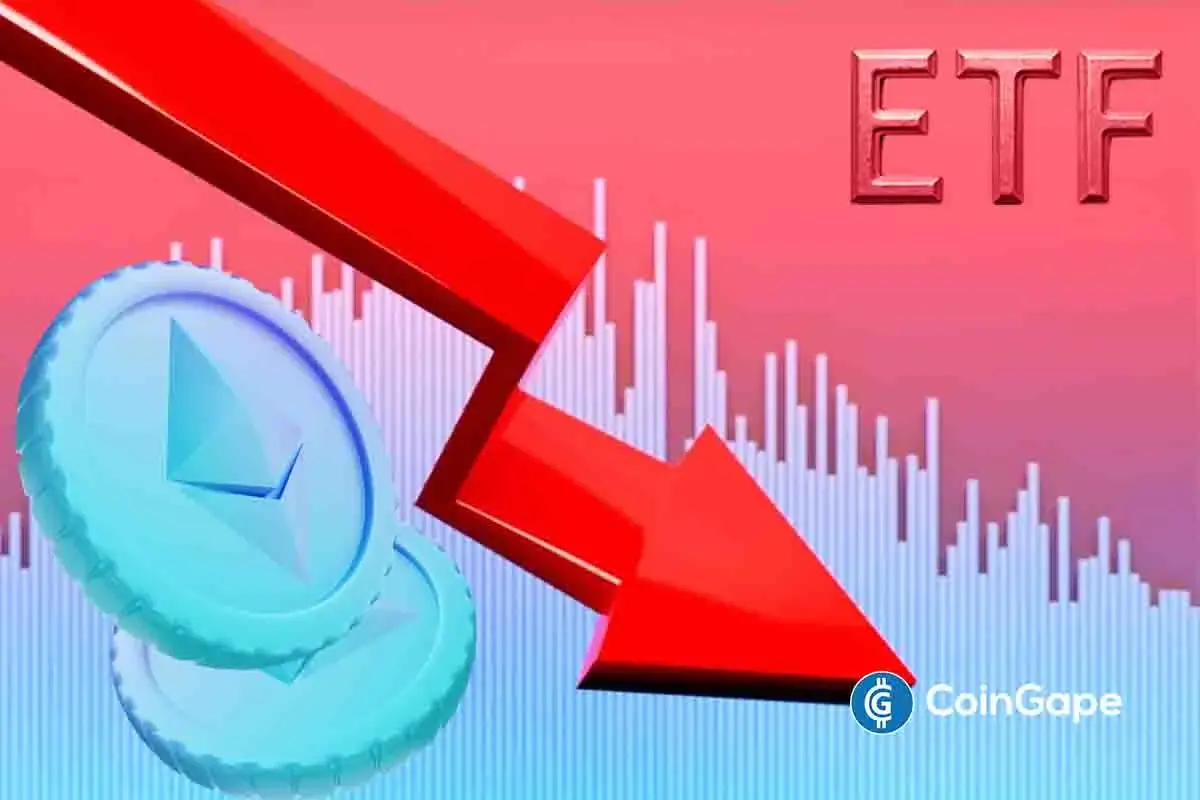












✓ Share: